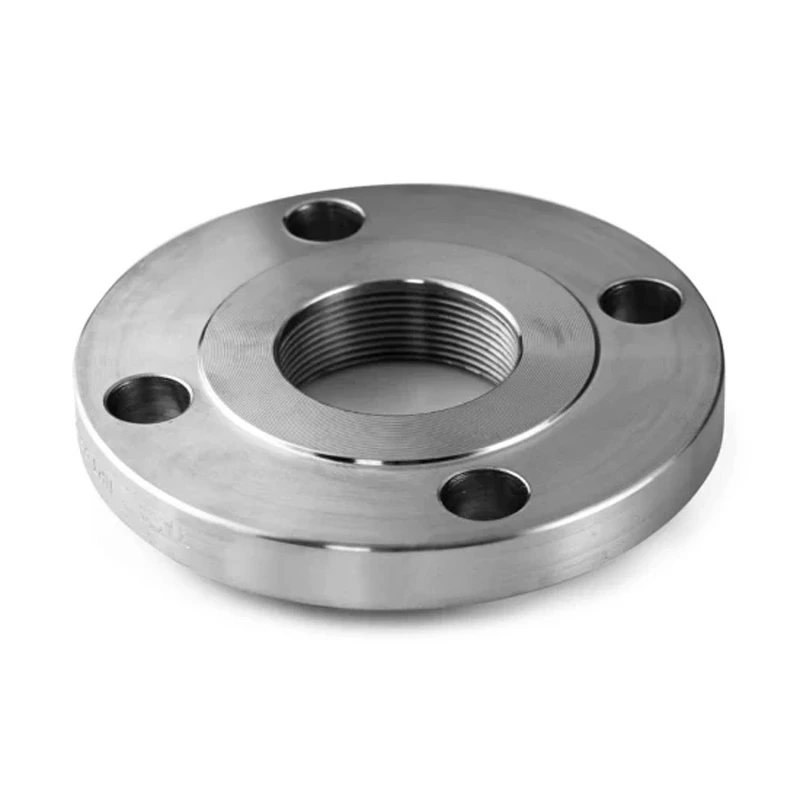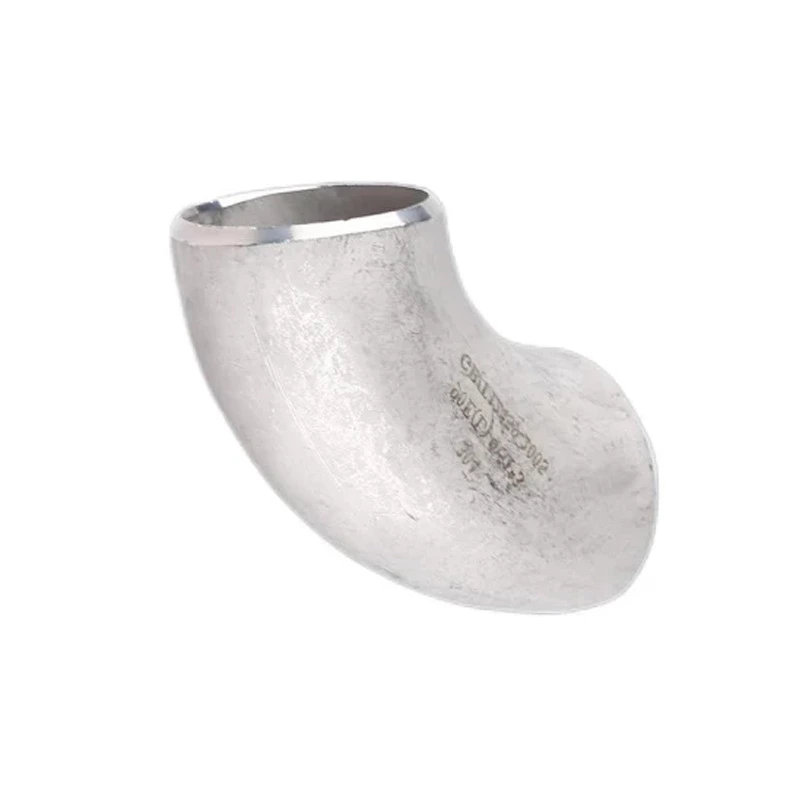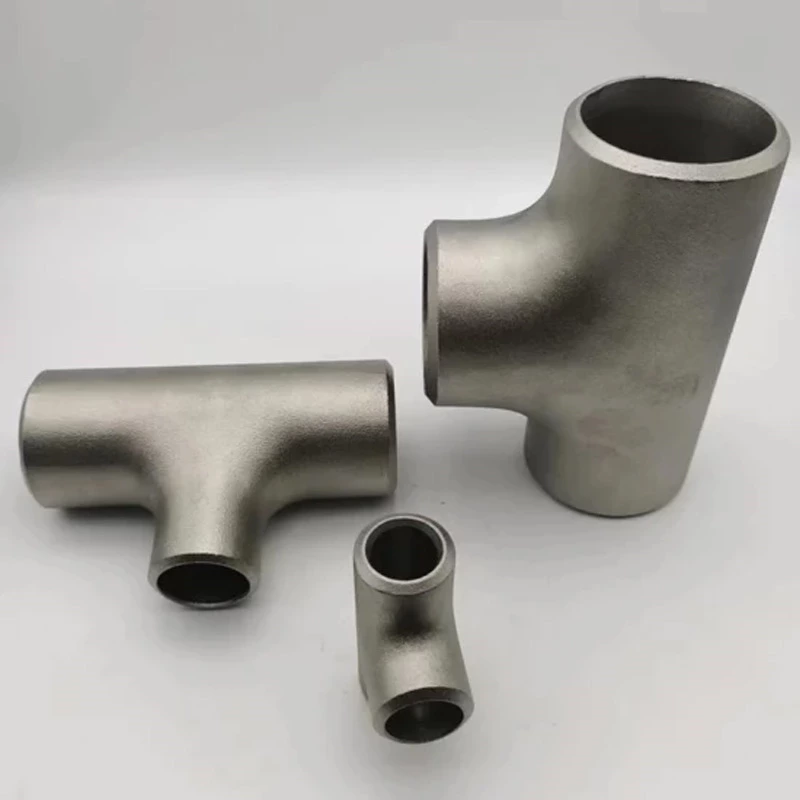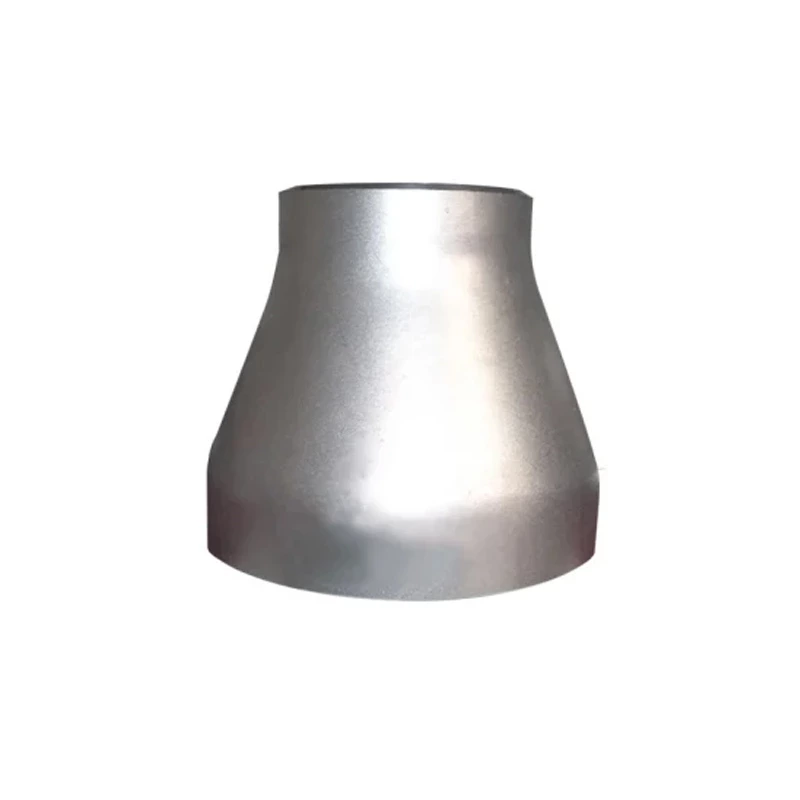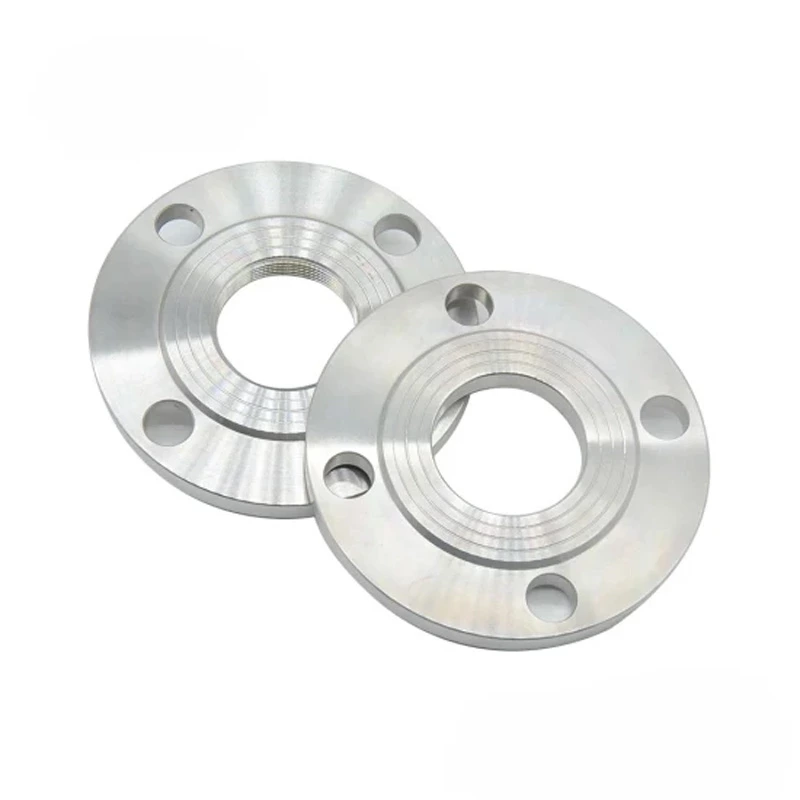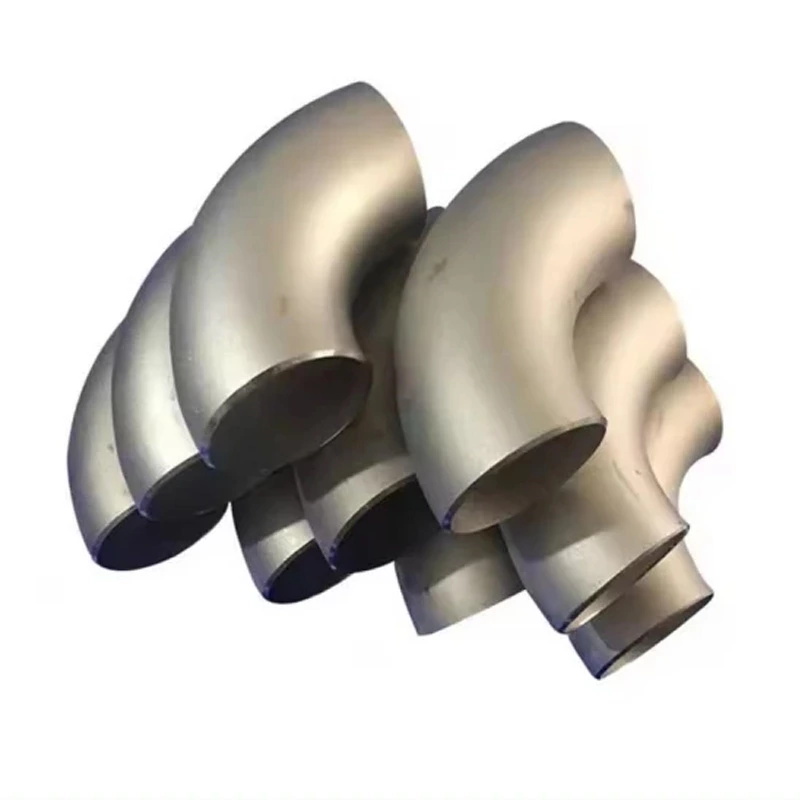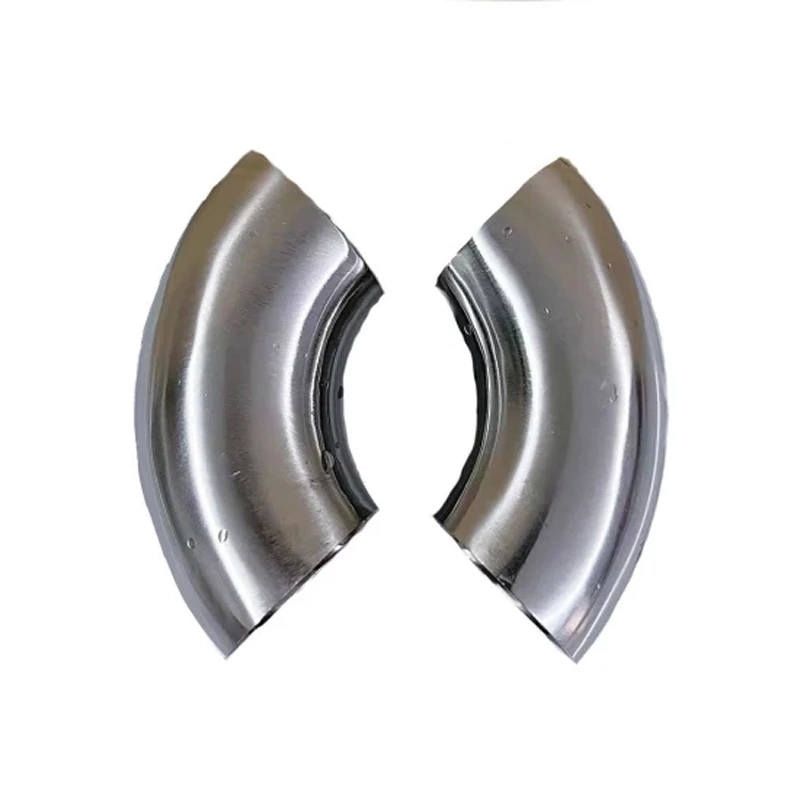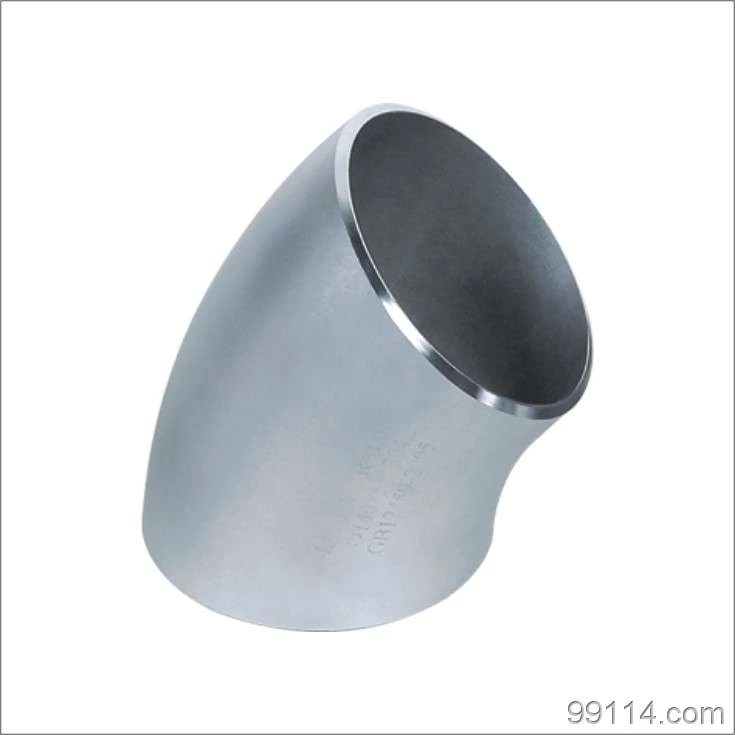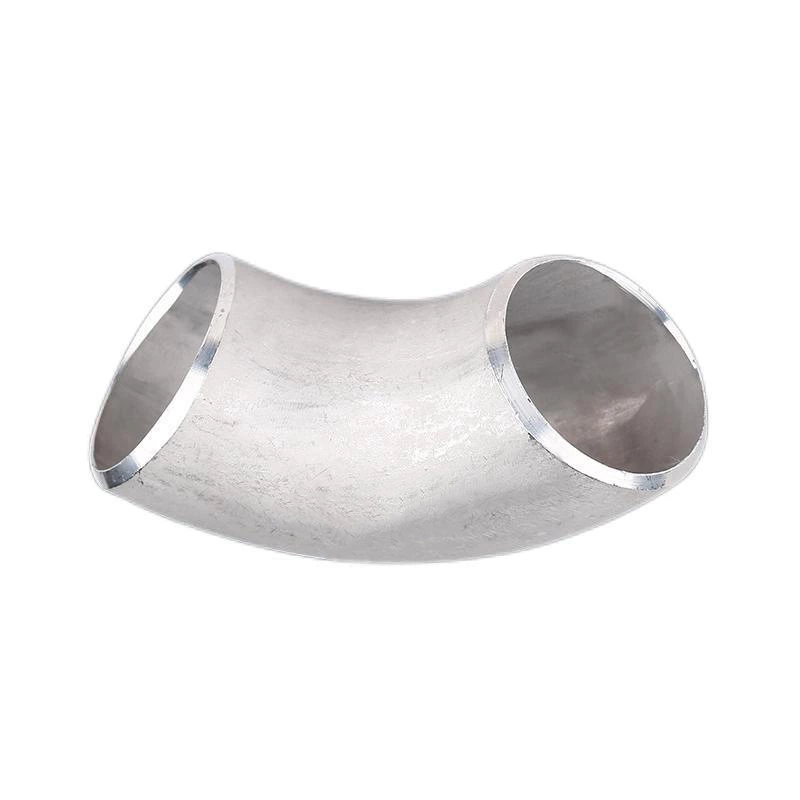Why Are Stainless Steel Flanges Slightly Magnetic?
Generally speaking, stainless steel flange products cast from non-magnetic 304 stainless steel scrap have slight magnetism. What causes this?
1. The equivalent component control of chemical composition is not in place.
In order to reduce costs, general stainless steel flange manufacturers control the lower limit of Ni to between 8.0-8.2%. When Cr/Ni reaches a certain value, a certain amount of ferrite appears in the steel structure, and ferrite is magnetic; at this time, 1050~1080℃ solid solution treatment can completely dissolve ferrite into austenite and it will not be magnetic.
2. Cold working hardening.
When austenitic stainless steel produces deformation martensite during cold working, the deformation martensite increases the strength of stainless steel, and the deformation martensite is magnetic. The use of solid solution treatment or even annealing can make the deformation martensite disappear, but the strength of the steel will decrease.
Stainless Steel Flange has good metal properties and strong corrosion resistance. It is often used in steel structures, such as stainless steel flanges. Stainless steel flanges are also called stainless acid-resistant steel flanges. Its metal surface is smooth and not easy to oxidize with air, so it is often used in high-pressure water pipes and corrosive pressure pipes. Stainless steel flanges have excellent performance.
First of all, as a metal material, it will react with air in a humid environment, thereby changing the original metal properties, but stainless steel flanges can be passivated with oxidants to form a tough and dense chromium-rich oxide protective film Cr2O3 on the surface. Stainless steel flanges effectively prevent further oxidation reactions. Other metal pipes, such as galvanized water pipes and copper pipes, have very small passivation capabilities. This is the key reason why the corrosion resistance of galvanized copper pipes is far inferior to that of stainless steel pipes.
Then the corrosion resistance of stainless steel flanges. Stainless steel flanges will not corrode uniformly like carbon steel, and no protective coating is required when used; stainless steel flanges use stainless steel flange water pipes, which have no restrictions on the chemical composition of water, because stainless steel has good corrosion resistance in water with various oxygen contents, temperatures, PH and hardness; stainless steel water pipes can withstand very high flow rates, even if the flow rate is greater than 40 m/s, it still maintains an extremely low corrosion rate of no more than 0.003 mm/year, which is particularly suitable for high-rise water supply. The thermal expansion coefficient of stainless steel flange pipes is similar to that of copper pipes, which is 1.5 times that of ordinary steel pipes. In comparison, stainless steel flanges have the characteristics of slow thermal expansion and contraction.
In addition, stainless steel flanges generally undergo chemical reactions as a whole, and a protective film will be formed on their surface, which other metals cannot do.
